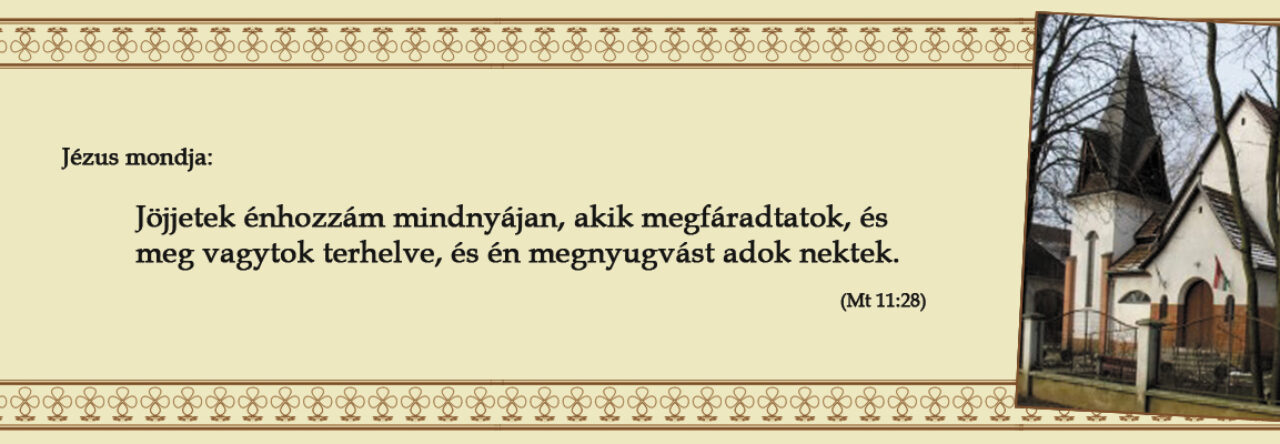There was a wide range of photographs toward Tinder

We had written a script in which I’m able to swipe courtesy per profile, and you will conserve for each visualize so you’re able to a good likes folder otherwise a good dislikes folder. We spent a lot of time swiping and gathered on the 10,000 photos.
You to condition I noticed, try We swiped left for around 80% of your own profiles. This means that, I’d in the 8000 in the dislikes and you may 2000 on loves folder. This can be a severely unbalanced dataset. Due to the fact I have such as few images to your wants folder, new time-ta miner won’t be really-taught to know what I like. It’ll simply know what I hate.
To resolve this issue, I came across photos online of individuals I found attractive. I then scraped these types of photos and made use of them within my dataset.
Since You will find the pictures, there are certain troubles. Specific users enjoys photos having multiple loved ones. Certain photographs was zoomed away. Particular photos was inferior. It can hard to extract information out of eg a premier type out of images.
To eliminate this dilemma, We put a beneficial Haars Cascade Classifier Algorithm to recoup the fresh new face out-of images then saved they. The fresh new Classifier, generally uses multiple self-confident/negative rectangles. Passes they compliment of a good pre-trained AdaBoost model to choose new almost certainly face dimensions:
The fresh new Algorithm didn’t locate this new faces for about 70% of the studies. This shrank my dataset to 3,000 photographs.
To help you design this data, I used a great Convolutional Sensory Circle. Because my category condition try very detail by detail & subjective, I desired a formula that may pull a huge sufficient matter of have to discover a big difference between your pages We liked and disliked. A good cNN was also built for visualize classification difficulties.
3-Layer Design: I did not expect the three covering model to perform well. While i create one model, i am about to rating a foolish design doing work earliest. This is my personal dumb design. We utilized an incredibly very first frameworks:
What so it API allows me to do, are use Tinder because of my personal terminal software rather than the app:
model = Sequential()
model.add(Convolution2D(32, 3, 3, activation='relu', input_shape=(img_size, img_size, 3)))
model.add(MaxPooling2D(pool_size=(2,2)))model.add(Convolution2D(32, 3, 3, activation='relu'))
model.add(MaxPooling2D(pool_size=(2,2)))model.add(Convolution2D(64, 3, 3, activation='relu'))
model.add(MaxPooling2D(pool_size=(2,2)))
model.add(Flatten())
model.add(Dense(128, activation='relu'))
model.add(Dropout(0.5))
model.add(Dense(2, activation='softmax'))adam = optimizers.SGD(lr=1e-4, decay=1e-6, momentum=0.9, nesterov=True)
modelpile(loss='categorical_crossentropy',
optimizer= adam,
metrics=[accuracy'])
Import Learning using VGG19: The trouble into the 3-Covering model, is the fact I am education the cNN into a brilliant short dataset: 3000 photos. An educated starting cNN’s show towards millions of photo.
As a result, We put a strategy entitled Transfer Learning. Import understanding, is largely bringing an unit wife indonesian other people based and making use of they your self research. It’s usually the ideal solution when you yourself have an really brief dataset. I froze the first 21 levels to your VGG19, and only trained the last a couple. After that, I flattened and slapped an effective classifier at the top of it. Here’s what the brand new password turns out:
model = programs.VGG19(loads = imagenet, include_top=Incorrect, input_shape = (img_size, img_proportions, 3))top_design = Sequential()top_model.add(Flatten(input_shape=model.output_shape[1:]))
top_model.add(Dense(128, activation='relu'))
top_model.add(Dropout(0.5))
top_model.add(Dense(2, activation='softmax'))new_model = Sequential() #new model
for layer in model.layers:
new_model.add(layer)
new_model.add(top_model) # now this worksfor layer in model.layers[:21]:
layer.trainable = Falseadam = optimizers.SGD(lr=1e-4, decay=1e-6, momentum=0.9, nesterov=True)
new_modelpile(loss='categorical_crossentropy',
optimizer= adam,
metrics=['accuracy'])new_model.fit(X_train, Y_train,
batch_size=64, nb_epoch=10, verbose=2 )new_model.save('model_V3.h5')
Accuracy, informs us of all of the profiles one to my personal formula predicted were correct, just how many performed I really such as? A decreased reliability score will mean my personal formula wouldn’t be helpful since most of your own fits I get are users I really don’t particularly.
Remember, tells us of all the pages that we indeed including, just how many did the brand new algorithm expect truthfully? Whether it score is actually lowest, this means the brand new formula is being excessively particular.

Vélemény, hozzászólás?